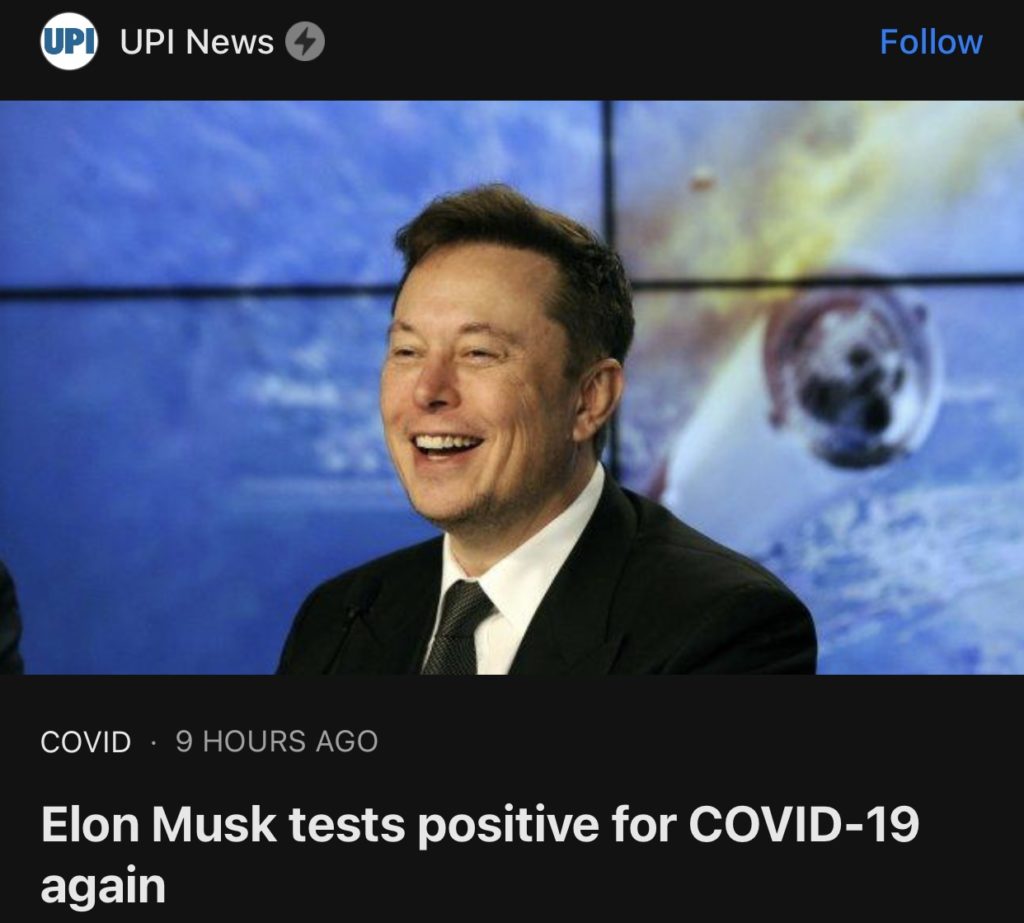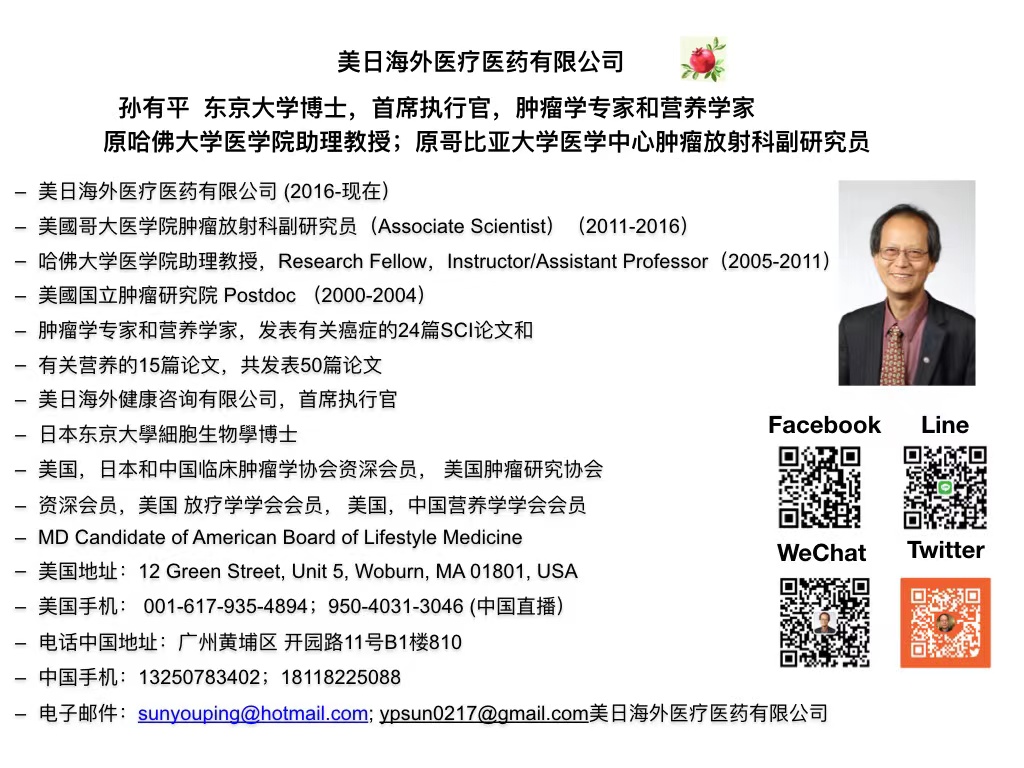一。新闻简报
1。克里姆林宫发言人德米特里佩斯科夫周一表示,俄罗斯和乌克兰谈判代表在土耳其的会谈可能明天开始。
2。乌克兰官员声称,俄罗斯计划将该国一分为二,就像朝鲜和韩国一样。
3。泽连斯基在接受俄罗斯媒体采访时表示,他的国家对保证乌克兰的中立和无核地位持开放态度,但在俄罗斯军队撤出该国之前,乌克兰代表不会签署任何协议。
4。据报道,俄罗斯周六在美国总统乔·拜登访问邻国波兰期间,向乌克兰目标发射了至少 70 枚火箭弹,但其中只有 8 枚击中了目标。尽管战争已经进行了一个多月,但安全专家对俄罗斯未能成功控制乌克兰领空感到惊讶。 乌克兰用它的坚定防御,成功地阻止了俄罗斯军队的前进,使战争陷入僵局,并促使俄罗斯改变其战略。

5。香港,3 月 28 日(路透社 Breakingviews)——北京与莫斯科的密切关系可能让外国投资者感到不安。国际金融研究所的一项研究发现,自俄罗斯入侵乌克兰以来,中国一直在经历“前所未有的”资本外逃。 该研究发现其他新兴市场没有类似的资金外流。

6。2月初,中国卫生官员发现了一个不同寻常的事件——4例临床确诊的伤寒病例(北京3例,内蒙古自治区赤峰市1例)。由昌平区疾控中心发起的流行病学调查表明,此次暴发涉及北京昌平区某公寓23例病例(邻近公寓无病例),实验室检测证实由广泛耐药(XDR)伤寒沙门氏菌(S. Typhi)是通过污染供水引起的。

7。基辅郊区伊尔平市市长周一宣布,乌克兰军队在与俄罗斯军队激烈交战后收回了对该市的控制权。据多家媒体报道,“我们今天有好消息——Irpin 已被解放,”市长 Oleksandr Markushyn 在 Telegram 上的一段视频中说。 “我们知道我们的城镇将会遭到更多袭击,我们将勇敢地捍卫它。”

8。据报道,在弗拉基米尔·普京的俄罗斯军队中与乌克兰作战的一名士兵放下武器,将坦克交给敌军,以换取 1 万美元和乌克兰公民身份。
9。据报道,俄罗斯总统弗拉基米尔·普京的前女婿基里尔·沙马洛夫与普京一位高级将领富有的女儿一起逃离莫斯科前往迪拜。
10。中国周一开始了两年来最广泛的冠状病毒封锁,以进行大规模检测并控制上海日益严重的疫情,但人们对中国的“零新冠病毒”战略的经济损失提出了质疑。

11。根据康奈尔大学研究人员领导的一项针对小鼠的研究,一种新发现的小分子可以喷洒到人们的鼻子中,以在暴露前预防 COVID-19 疾病,并在感染后不久给予早期治疗。

12。在美国海军在该地区部署了三艘海洋侦察船后,中国指责美国在有争议的南中国海加强间谍活动。

13。一位俄罗斯当地议员在沃罗涅日的一次理事会会议上谴责了乌克兰的战争。 Nina Belyayeva 将俄罗斯的入侵描述为“战争罪”。

14。3 月 28 日(UPI)——埃隆·马斯克周一表示,他第二次检测出 COVID-19 呈阳性。

15。太阳轨道飞行器的最新图像以前所未有的细节展示了完整的太阳。 它们是在 2022 年 3 月 7 日拍摄的,当时航天器正在地球和太阳之间直接穿越。

二.美国疫情
昨日美国新增新冠患者8,321人
总确诊人数为79,952,518人。
新增死亡人数50人。
总死亡 976,702人。
康州新增新冠感染_人,新增死亡_人。
纽约州新增新冠确诊人数5,908人。新增死亡人数12人。
新泽西州昨天新增病例为941人。新增死亡为1人。
马萨诸塞州新增新冠患者为_人, 死亡_人。
马里兰州昨日新增新冠患者225人。新增死亡人数为2人。
加州昨日新增_人,死亡_人。
得克萨斯州新增359人,死亡为24人。
佛罗里达州新增_人,死亡_人。
亚利桑那州新增人,死亡为人。
乔治亚州新增_人,死亡_人。
北卡罗来纳新增_人,死亡_人。
田纳西州新增224人,死亡6人。
华盛顿DC新增_人, 死亡_人。
三.世界疫情
1) 亚洲疫情:
昨日印度新增新冠患者1,270人;
日本新增43,220人;
印尼新增9,046人;
菲律宾新增326人;
孟加拉新增43人。
土耳其新增11,194人。
台湾昨日新增203。
韩国昨日新增187,213人,
中国新增9,312人。
2)非洲疫情:
南非昨日新增新冠患者989人。
埃塞俄比亚新增10人。
摩洛哥新增51人。
3)拉美疫情:
巴西昨日新增新冠患者10,637人.
哥伦比亚新增352人。
阿根廷新增818人。
智利新增7,076人。
墨西哥新增3,855人。
4)欧洲疫情
俄罗斯昨日新增新冠患者22,738人。
德国新增_人。
法国新增110,794人。
英国新增_人。
意大利新增60,612人。
西班牙新增_人。
5)全球新冠总感染人数为482,015,577人。
总死亡人数为6,127,195人。
以下是社区广告:



顾震帝,2022年3月29日,于康州
смотреть здесь https://kra–35.at/
Источник https://kra–36.at/
веб-сайт https://kra33–at.at
страница https://kra3-4.at/
Продолжение https://kra33.co.at
узнать [url=https://t.me/mounjaro_tirzepatide]Оземпик 0.25 мг в наличии[/url]
Узнать больше [url=https://t.me/mounjaro_tirzepatide/]дулаглутид купить[/url]
можно проверить ЗДЕСЬ https://kra3-4.at/
перейдите на этот сайт https://kra33.co.at/
посмотреть на этом сайте https://kra–35.at/
читать https://tripscanwin28.top
веб-сайте [url=https://t.me/mounjaro_tirzepatide/]семаглутид ребелсас[/url]
взгляните на сайте здесь [url=https://t.me/mounjaro_tirzepatide/]оземпик +в россии[/url]
проверить сайт https://kra–36.at/
ссылка на сайт https://kra–36.at/
опубликовано здесь https://aviator-game-play.com/aviator-v-pin-up/
содержание https://kra3-4.at
The CO2 that is extracted from the water is run through a purification process that uses activated carbon in the form of charred coconut husks, and is then ready to be stored.
[url=https://tripscan.biz]трипскан вход[/url]
In a scaled up system, it would be fed into geological CO2 storage. Before the water is released, its acidity is restored to normal levels, making it ready to absorb more carbon dioxide from the air.
“This discharged water that now has very low carbon concentrations needs to refill it, so it’s just trying to suck CO2 from anywhere, and it sucks it from the atmosphere,” says Halloran. “A simple analogy is that we’re squeezing out a sponge and putting it back.”
While more tests are needed to understand the full potential of the technology, Halloran admits that it doesn’t “blow direct air capture out the water in terms of the energy costs,” and there are other challenges such as having to remove impurities from the water before releasing it, as well as the potential impact on ecosystems. But, he adds, all carbon capture technologies incur high costs in building plants and infrastructure, and using seawater has one clear advantage: It has a much higher concentration of carbon than air does, “so you should be able to really reduce the capital costs involved in building the plants.”
https://tripscan.biz
tripscan top
Mitigating impacts
One major concern with any system that captures carbon from seawater is the impact of the discharged water on marine ecosystems. Guy Hooper, a PhD researcher at the University of Exeter, who’s working on this issue at the SeaCURE site, says that low-carbon seawater is released in such small quantities that it is unlikely to have any effect on the marine environment, because it dilutes extremely quickly.
However, that doesn’t mean that SeaCURE is automatically safe. “To understand how a scaled-up version of SeaCURE might affect the marine environment, we have been conducting experiments to measure how marine organisms respond to low-carbon seawater,” he adds. “Initial results suggest that some marine organisms, such as plankton and mussels, may be affected when exposed to low-carbon seawater.”
To mitigate potential impacts, the seawater can be “pre-diluted” before releasing it into the marine environment, but Hooper warns that a SeaCURE system should not be deployed near any sensitive marine habitats.
There is rising interest in carbon capture from seawater — also known as Direct Ocean Capture or DOC — and several startups are operating in the field. Among them is Captura, a spin off from the California Institute of Technology that is working on a pilot project in Hawaii, and Amsterdam-based Brineworks, which says that its method is more cost-effective than air carbon capture.
According to Stuart Haszeldine, a professor of Carbon Capture and Storage at the University of Edinburgh, who’s not involved with SeaCURE, although the initiative appears to be more energy efficient than current air capture pilot tests, a full-scale system will require a supply of renewable energy and permanent storage of CO2 by compressing it to become a liquid and then injecting it into porous rocks deep underground.
He says the next challenge is for SeaCURE to scale up and “to operate for longer to prove it can capture millions of tons of CO2 each year.”
But he believes there is huge potential in recapturing carbon from ocean water. “Total carbon in seawater is about 50 times that in the atmosphere, and carbon can be resident in seawater for tens of thousands of years, causing acidification which damages the plankton and coral reef ecosystems. Removing carbon from the ocean is a giant task, but essential if the consequences of climate change are to be controlled,” he says.
кликните сюда https://aviator-game-play.com/aviator-v-pin-up/
Study reveals how much energy AI uses to answer your questions
[url=https://tripscan.biz]трип скан[/url]
Whether it’s answering work emails or drafting wedding vows, generative artificial intelligence tools have become a trusty copilot in many people’s lives. But a growing body of research shows that for every problem AI solves, hidden environmental costs are racking up.
Each word in an AI prompt is broken down into clusters of numbers called “token IDs” and sent to massive data centers — some larger than football fields — powered by coal or natural gas plants. There, stacks of large computers generate responses through dozens of rapid calculations.
The whole process can take up to 10 times more energy to complete than a regular Google search, according to a frequently cited estimation by the Electric Power Research Institute.
https://tripscan.biz
трип скан
So, for each prompt you give AI, what’s the damage? To find out, researchers in Germany tested 14 large language model (LLM) AI systems by asking them both free-response and multiple-choice questions. Complex questions produced up to six times more carbon dioxide emissions than questions with concise answers.
In addition, “smarter” LLMs with more reasoning abilities produced up to 50 times more carbon emissions than simpler systems to answer the same question, the study reported.
“This shows us the tradeoff between energy consumption and the accuracy of model performance,” said Maximilian Dauner, a doctoral student at Hochschule Munchen University of Applied Sciences and first author of the Frontiers in Communication study published Wednesday.
Typically, these smarter, more energy intensive LLMs have tens of billions more parameters — the biases used for processing token IDs — than smaller, more concise models.
“You can think of it like a neural network in the brain. The more neuron connections, the more thinking you can do to answer a question,” Dauner said.
What you can do to reduce your carbon footprint
Complex questions require more energy in part because of the lengthy explanations many AI models are trained to provide, Dauner said. If you ask an AI chatbot to solve an algebra question for you, it may take you through the steps it took to find the answer, he said.